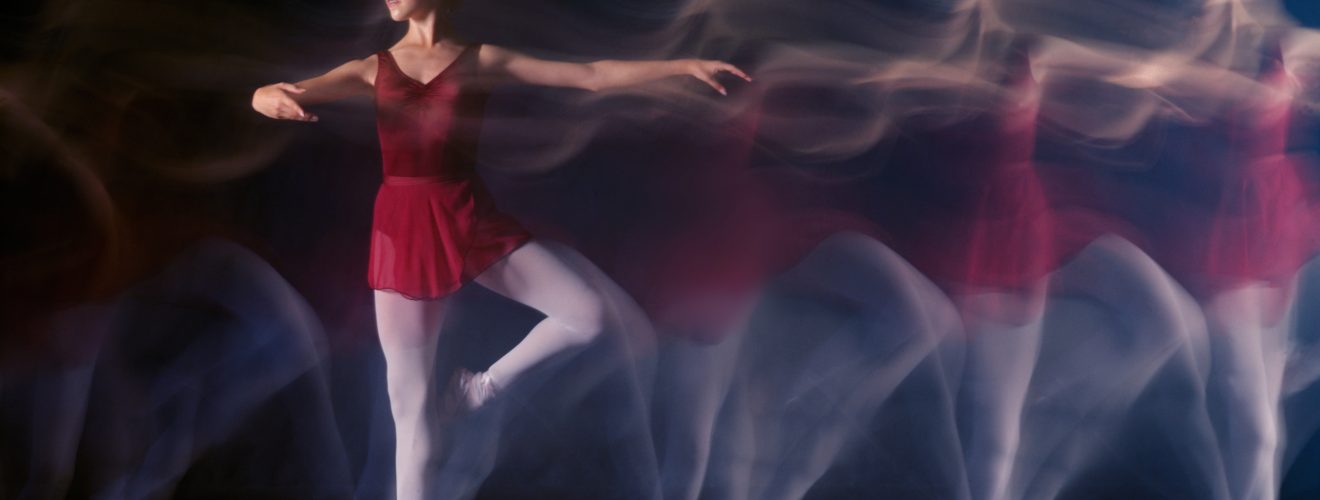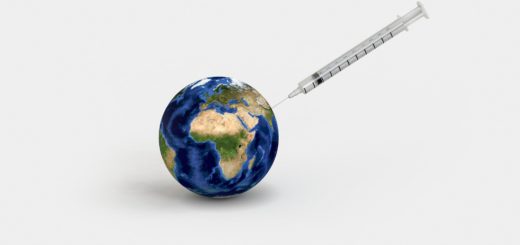How Do Our Brains ‘See’ Motion as We Get Older?

As you know, our eyes are crucial for vision and our brains process this information to create our perception of the world. You may also have realised that most elderly adults need glasses. What you may not fully understand, similarly to scientists, is how our brains ‘see’ the world and how this changes as we age. Vision is such an important task that more of our brain’s neurons are dedicated to vision than to any of our other senses. If you place the palm of your hand over the back of your head (over the bumpy bit), chances are that where your hand is, are the visual processing centres of the brain. In the brain’s cortex, visual processing begins in the primary visual cortex (also known as V1), and continues to higher-processing areas including V2 – V6. Specific features of visual information are processed in a particular area or network of areas within the brain. For example, there are areas which are specialised for processing faces, colour, and motion. These perceptual processes function independently from visual acuity.
Motion perception is key to interacting with the world around us, and is perhaps the most fundamental purpose of human vision. It is evolutionarily important: seeing a lion move draws your attention and triggers your instinct to survive. Motion perception is an extremely complex task – we are moving in the world, and things in the world are moving around us. There are different types of motion perception, not simply ‘real’ motion (the moving lion) but also visual illusions that trick our brain into ‘seeing’ motion when there is none 1 or motion aftereffects (for example staring at a waterfall for a long time then believing a stationary object is flowing in the opposite direction). When we see motion, the area of the brain that is active is called V5. As we age, our ability to see motion deteriorates. Older adults (>60 years old) have poorer motion perception compared to younger adults (<30 years old). Exactly what happens to motion perception between these ages and how this happens remains a gap in scientific knowledge.
This research used global motion detection to study the perceptual and physiological changes of the brain across the human lifespan. Global motion detection simply means we can see the overall movement of a group of individual moving elements. For example, in a flock of birds, individual birds move independently, but it is the entire flock that determines the overall global motion. To create something similar in an experimental lab environment, moving dots are used. There are ‘signal’ dots (depicted in grey in Figure 1) moving in the same direction, and ‘noise’ dots moving randomly (depicted in white in Figure 1). The task is to identify the overall direction of the signal dots, whilst ignoring the random noise dots (in the experiment the dots are the same colour). The greater the number of signal dots, the easier the task becomes (the last square in Figure 1 demonstrates this). These moving dots are known as Random-Dot-Kinematograms (RDKs) 2. Perhaps counterintuitively, the lower your score (fewer signal dots required), the better your motion perception. Why would one person have better motion perception than another? It may be related to the specific image; if you are familiar with the task you’ll be quicker at processing that visual information, for example a bird watcher studying the flock. Perhaps more critically in our growing population of older adults, is the effect of age on the brain’s perception. As we age, our brains become less adept at ignoring the visual noise. A grandmother may struggle to say precisely in which direction the flock of birds are moving, whilst her granddaughter decides with ease.

An example of the motion images used
Credit: Laura Ward
The global motion task assesses how good an individual is at ‘seeing’ the movement. While people completed this, I recorded their brain activity using the neuroimaging technique functional Near Infrared Spectroscopy (fNIRS). Like fMRI, fNIRS is a non-invasive, perfectly safe method of recording brain activity. Also like fMRI, fNIRS relies on measuring blood flow to infer brain activity. The key difference is the use of a specific wavelength of light, rather than giant magnets. fNIRS sensors can be placed on the head in complete comfort (after a quick hairstyle adjustment!). The light is emitted from the sensors, and used to calculate changes in concentrations of oxygenated- ([HbO]) and deoxygenated-haemoglobin ([HbR]) in the cerebral blood flow. The haemoglobin molecule is the oxygen carrier, and these levels of oxygen in the brain’s blood flow are crucial to inferring brain activity. When a neuron fires in the brain, it needs oxygenated blood for energy, causing an increase in [HbO] and decreased [HbR]. These physiological measures can be referred to as the haemodynamic response (HDR). The fNIRS HDR is a measurable response of brain activity, like the fMRI HDR. Healthy adults (aged 18 – 84) were broadly divided into groups of younger adults (mean age 28), middle-aged adults (mean age 50), and older adults (mean age 70). All participants had good vision (6/9 acuity), and good general health (acceptable blood pressure and heart rate for each age group).
So, what happened? Older adults performed the worst in the motion task, and the younger the participant, the better their global motion detection (Figure 2a, remember smaller scores are better). This means that the overall direction of the dots was difficult to ‘see’ due to lots of noise, yet younger adults could correctly perceive the movement. When groups were compared, the younger adults outperformed both other age groups by 7%, whilst the middle-aged adults outperformed the older by an average of 6%. We already knew older age was associated with worse motion perception, but here I add a level of understanding that includes all ages of adults. Figure 2a scatterplot shows this linear effect where there is a general decline in motion perception as a function of age.

Graphs of the research results for each of the motion task (a), the changes in the fNIRS HDR for both (b) [HbO] and (c) [HbR] with respect to age. Credit: Laura Ward
The RDK task results showed that there are perceptual changes that occur as we age, irrespective of our visual acuities. The crux of these findings lies in the NIRS results showing physiological changes in the brain as we age. These findings fit with what is know as the dedifferentiation hypothesis of healthy ageing. This hypothesis suggests older brains become less functionally distinct during perceptual tasks, i.e. less feature specific processing 3. This means that previous feature specific processing, such as face perception, becomes less consolidated and generates more brain activity. In line with this I believe that as we age, we recruit more neurons and generate a greater HDR to motion perception. So although your optician may help your visual acuity with glasses, an inevitable aspect of ageing is poorer motion perception. The next time you are out bird-watching, take consideration of your age to the accuracy of your judgement about the flock’s movement. My research shows that everyone’s brain produces a HDR to movement, but at various ages in our lives, our brains certainly ‘see’ motion differently.
This article was specialist edited by Yulia Revina and copy edited by Katrina Wesencraft.
References
- see https://goo.gl/9y8tzZ for example
- see https://goo.gl/izOmak for examples of these RDKs
- https://goo.gl/isEIu2










